Picture this: just forty years ago, majestic California condors soared down to a heartbreaking count of only twenty-seven birds worldwide. Today, California’s skies tell a completely different story. From coastal pelicans diving into Pacific waves to secretive rails calling from hidden marsh corners, the Golden State has become a stunning showcase of conservation triumphs that’ll make you believe in second chances.
The recovery stories unfolding across California aren’t just numbers on scientific papers – they’re living proof that when humans decide to fight for wildlife, incredible things happen. These feathered comeback champions have clawed their way back from the brink of extinction through captive breeding programs, habitat restoration, and old-fashioned determination.
California Condor: The Ultimate Phoenix Rising
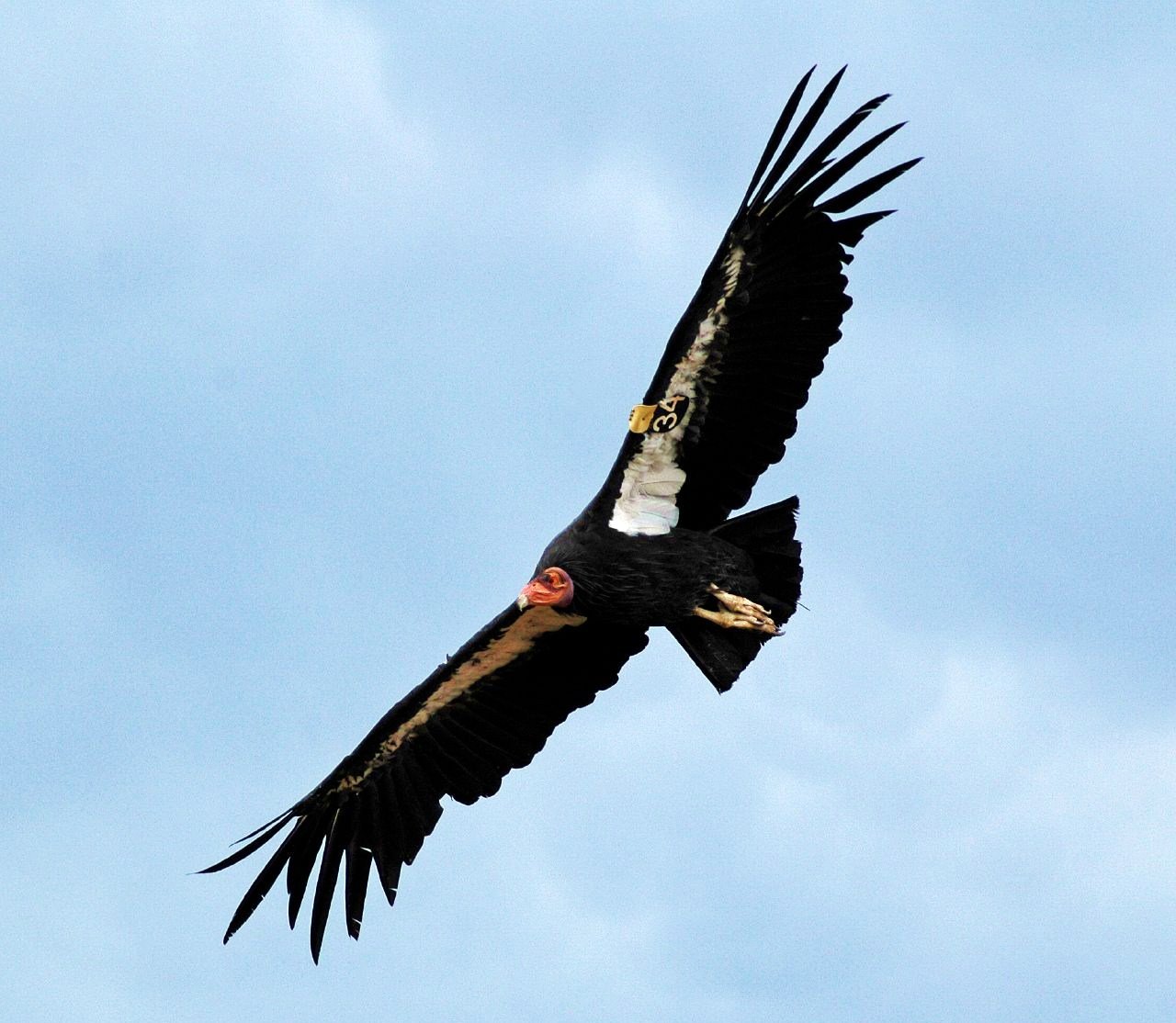
By 1987, all remaining wild condors were placed into a captive breeding program. Thus began an intensive recovery program to save the California condor from extinction. What happened next defies belief – conservationists literally saved North America’s largest land bird from complete disappearance.
As of September 2024, Ventana Wildlife Society – which co-manages the central California flock – reports that there are now 344 free-flying California condors, with an additional 217 individuals in captivity. Think about that for a moment. We went from twenty-seven birds to over five hundred in less than four decades. The California condor (Gymnogyps californianus), with a wingspan of 9.5 feet and weighing up to 25 pounds, is the largest land bird in North America. These majestic creatures historically ranged from California to Florida and Western Canada to Northern Mexico.
The program faces ongoing challenges, but every wild-hatched chick represents hope on wings. Each bird, including wild-hatched individuals, is tagged with a unique number and colour combination and tracked with a radio transmitter. It’s been almost 50 years since the California Condor Recovery Program began and while there have been many successes, the birds aren’t out of the woods yet.
Tricolored Blackbird: A Community Success Story
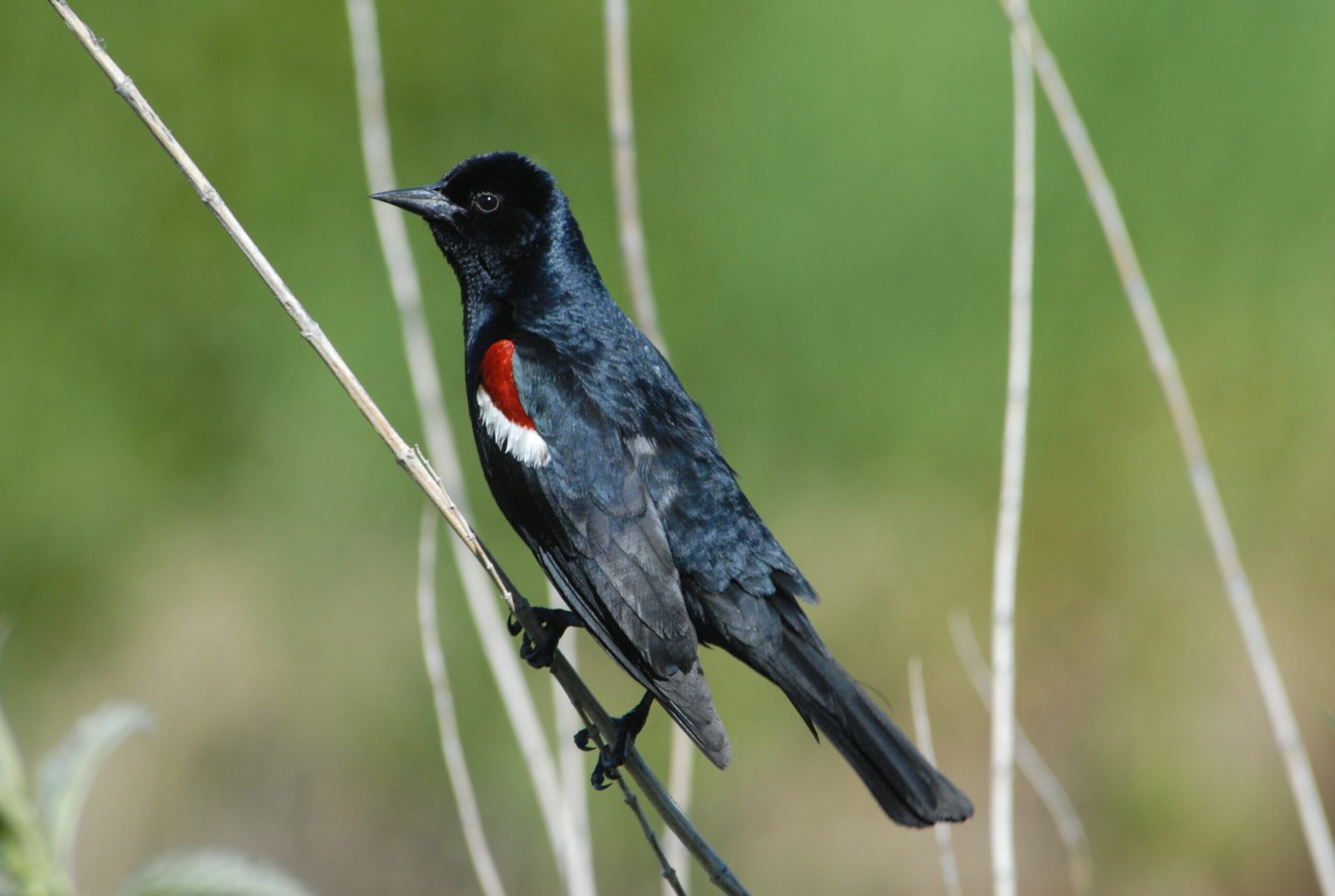
By bringing together state and federal agencies, conservationists, and the agricultural community, the program has fostered a steady rise in Tricolored Blackbird populations in the San Joaquin Valley – from 178,000 in 2015 to a remarkable 209,000 in 2024. That’s nearly a three-fold increase in less than a decade! These vibrant blackbirds with their distinctive red shoulder patches have proven that collaboration works.
The magic happens when farmers and conservationists team up. With asynchronous nesting – where eggs and chicks develop at different stages rather than all hatching at once – the colony required extended protection, delaying the farmer’s planting schedule. But that cooperation paid off, enabling an extraordinary number of fledglings to take flight and bolstering the population of this threatened species.
Picture dairy farms where thousands of blackbirds create bustling nurseries, and you’ll understand why 2024 marked such a milestone. Largest colony: ~37,500 adult birds. Average colony size: 14,000 adult birds. These aren’t just statistics – they represent countless hours of dedication from people who refused to let this species slip away.
Brown Pelican: California’s Coastal Icon Rebounds
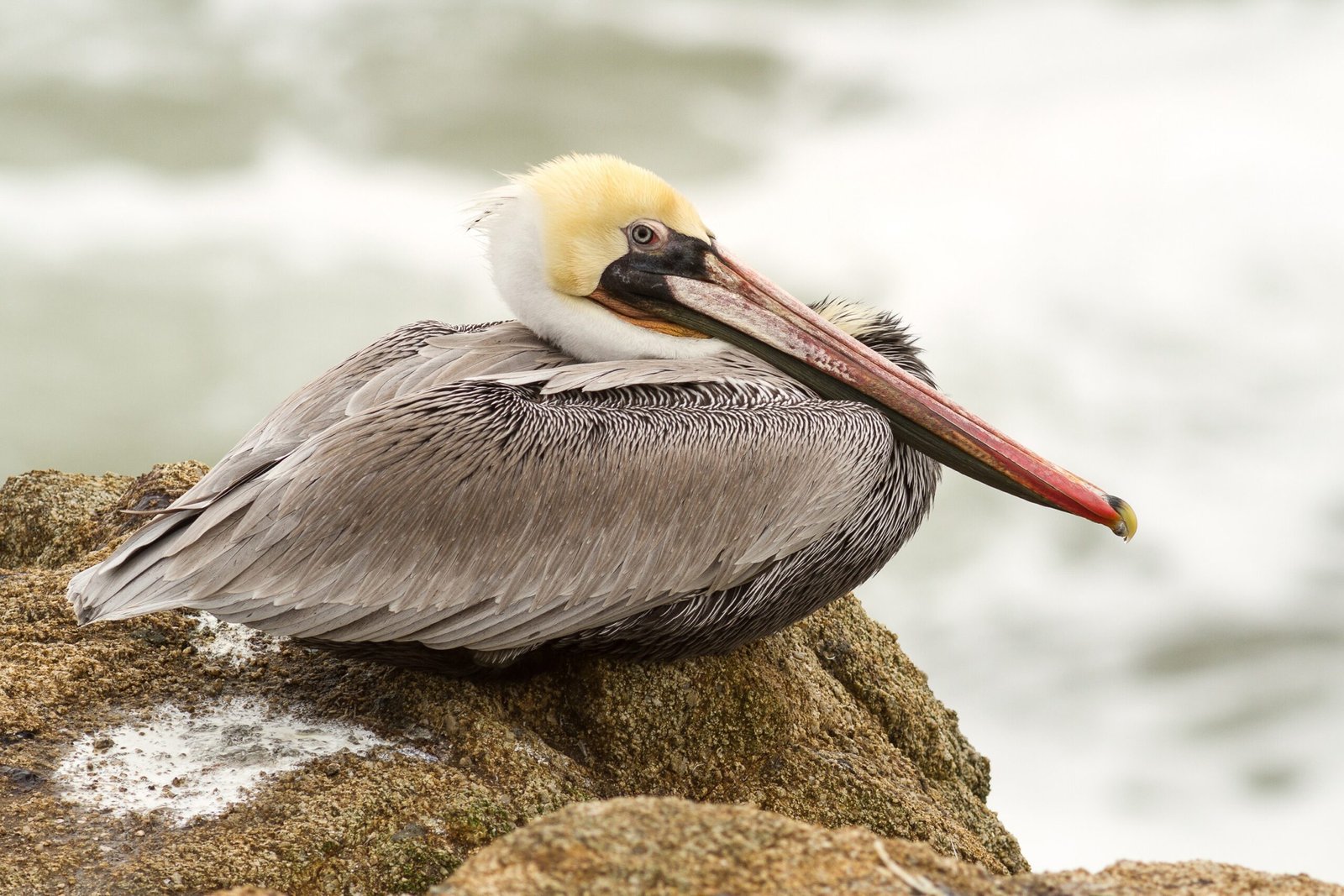
An emblem of the California coast and a success story of the Endangered Species Act, the brown pelican was delisted in 2009 after 39 years amid rebounding populations. From near extinction due to DDT poisoning to removal from protected lists – that’s what I call a comeback worth celebrating.
The new legislation removes the Peregrine Falcon and Brown Pelican from the Fully Protected Species list as their populations are recovering. The Brown Pelican and Peregrine Falcon are removed from the fully protected species list. This legal change reflects the remarkable reality that these birds no longer need the highest level of protection.
Yet challenges remain in the modern world. By the time the 2024 die-off subsided in July, more than 1,000 emaciated and injured pelicans had been admitted to wildlife centers along the California coast. Of those treated by IBR’s San Francisco Bay-Delta location, 75 percent were rehabilitated and released back into the wild. Despite setbacks from climate-driven food shortages, these magnificent diving birds continue thriving along California’s coastline.
Peregrine Falcon: Speed Demon’s Spectacular Return
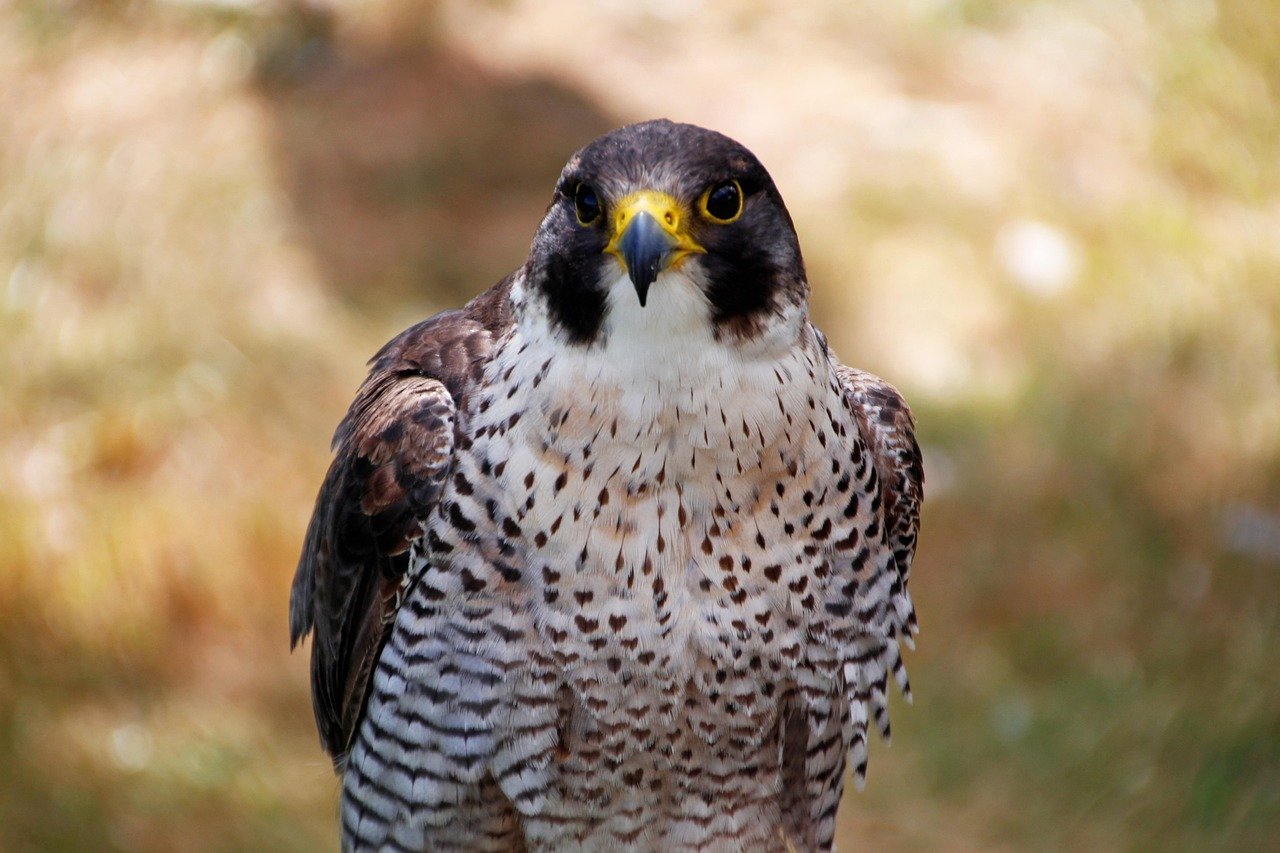
They were virtually eradicated from eastern North America by pesticide poisoning in the middle 20th century. After significant recovery efforts, Peregrine Falcons have made an incredible rebound and are now regularly seen in many large cities and coastal areas. These aerial acrobats, capable of diving at speeds over 200 mph, have staged one of conservation’s most dramatic comebacks.
The new legislation removes the Peregrine Falcon and Brown Pelican from the Fully Protected Species list as their populations are recovering. From endangered species to urban dwellers, peregrines now nest on skyscrapers and bridges throughout California, turning city skylines into hunting grounds.
What makes their recovery even more remarkable is their adaptability. These falcons have learned to thrive in human-modified landscapes, proving that some species can bounce back stronger than ever when given the chance. Urban peregrines actually achieve higher breeding success rates than their cliff-dwelling cousins in many cases.
Bald Eagle: America’s Symbol Soars Again
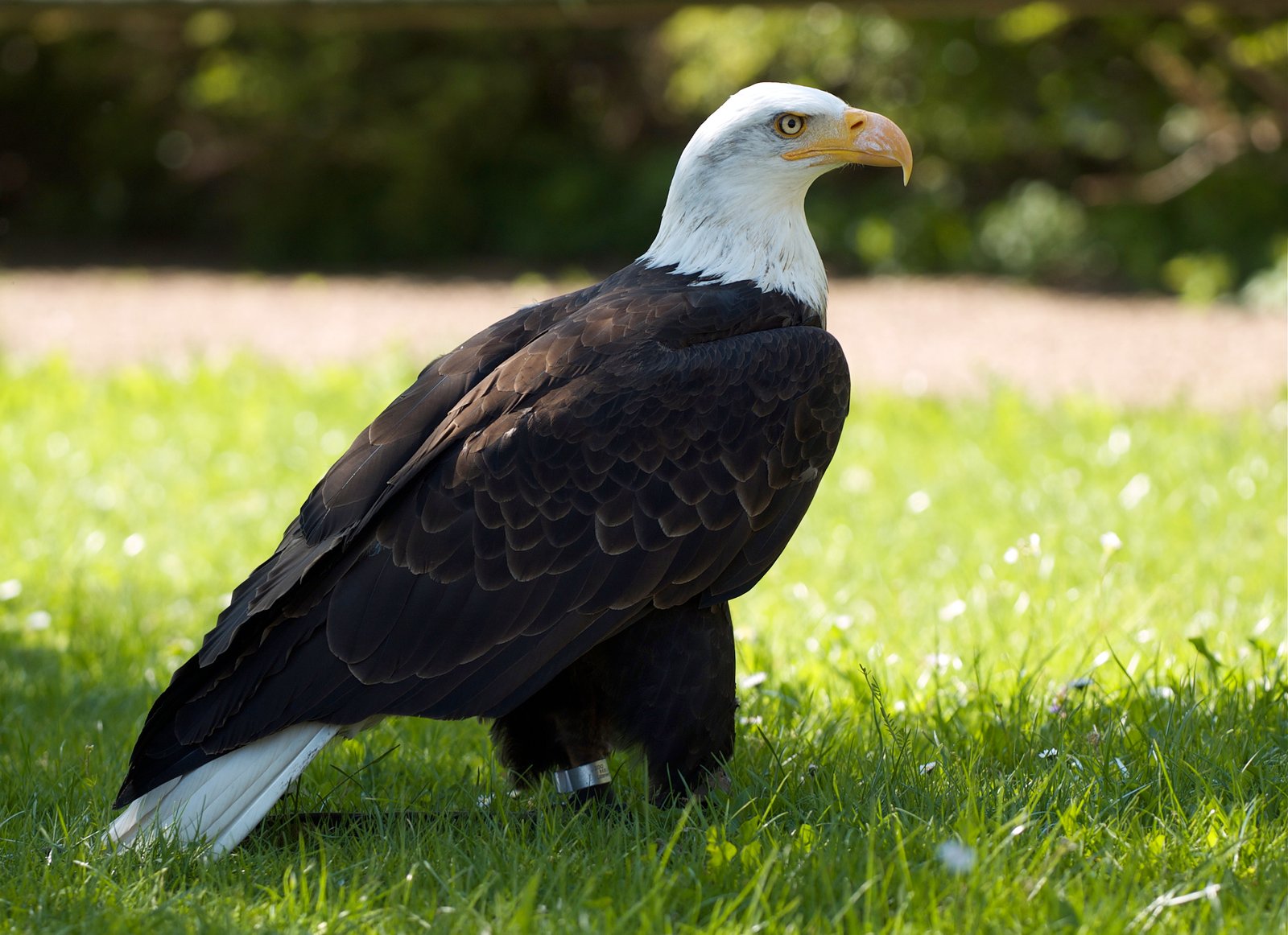
This month marks the 11th anniversary of the Bald Eagle’s removal from the Endangered Species List. While not exclusively Californian, these magnificent raptors represent conservation success that spans the entire continent, including California’s diverse ecosystems.
Beyond the Bald Eagle, the ESA has helped numerous bird species, including the Brown Pelican and Peregrine Falcon, to recover and be delisted, and set many other species on the path to recovery. The Endangered Species Act created a blueprint for bringing species back from the brink.
California’s bald eagles now nest along the coast, in mountain forests, and near inland waters. Their recovery demonstrates how federal protection, combined with habitat preservation and the DDT ban, can reverse even the most dire population declines. These apex predators have reclaimed their place in California’s food webs.
Western Bluebird: Harbinger of Spring Returns
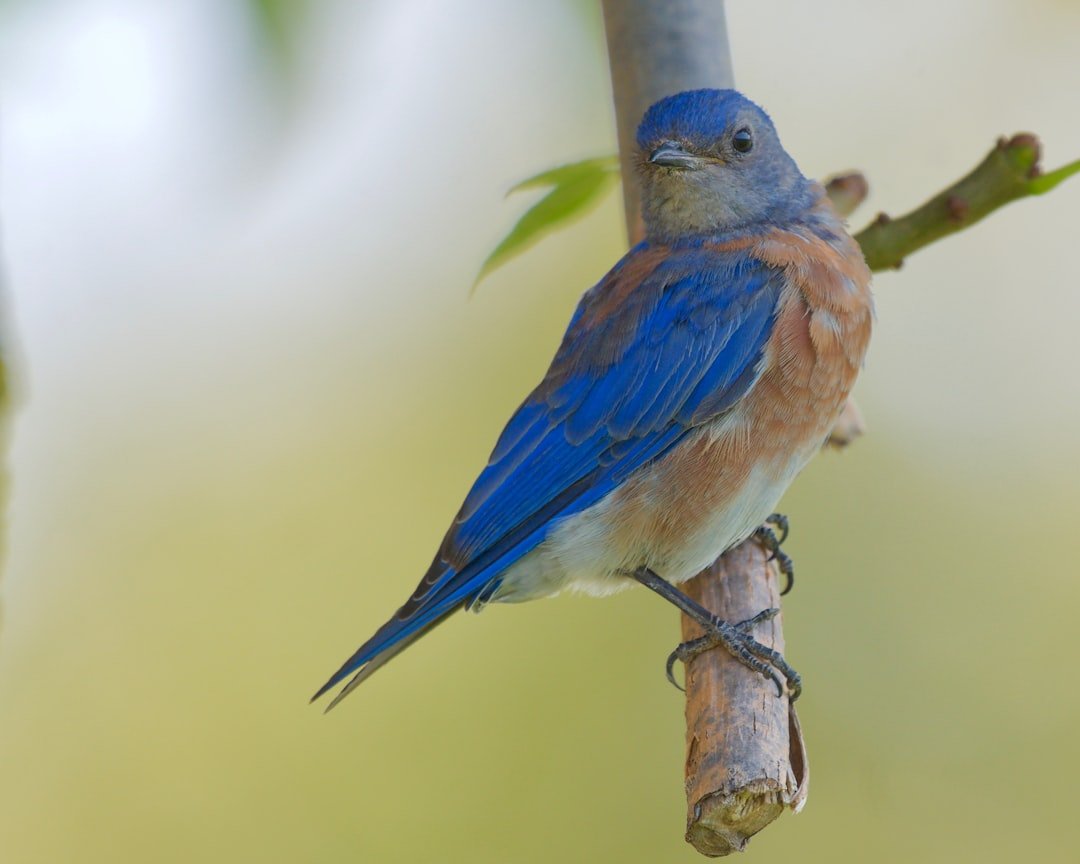
Best known as the harbinger of spring, the Western Bluebird is the flagship species for the California Bluebird Recovery Program (CBRP), a statewide community science program. These sky-blue beauties with rusty orange chests have captivated California residents for generations, inspiring grassroots conservation efforts across the state.
The nestboxes installed help supplement lost habitat for cavity-nesting birds with weekly monitoring from February through August. When old-growth forests disappeared and dead trees were removed, bluebirds lost their nesting sites. Volunteers stepped up with artificial nest boxes, creating suburban and rural sanctuaries.
The program represents citizen science at its finest. To increase the chances of success for the program, the CBRP San Diego Team uses geospatial tools to improve the decision-making process to help determine if a location is suitable for a nestbox. The Private Property Nestbox Placement Web Application was created using ebird data of target and non-target species from the past couple years and provides information on possible bird species encountered at a designated location. Technology meets traditional conservation in this innovative approach.
California Ridgway’s Rail: Marsh Master’s Challenging Recovery

Previously known as the clapper rail, the species name was changed in 2014 to honor ornithologist Robert Ridgway. Three subspecies of Ridgway’s rail are resident in California, all of which depend on mudflats or very shallow water (wetland habitat) where there is both forage and taller plant material to provide cover at high tide. These secretive marsh birds face ongoing challenges but show glimmers of hope.
Thanks to the team’s efforts, over 400 rails have been zoologically propagated and released into the wild since 2000. Captive breeding programs have provided crucial population boosts to supplement wild birds struggling in degraded habitats.
However, the news isn’t all positive. The Newport subpopulation was the largest in California for 39 consecutive years; with only 36 pairs in 2023, 198 fewer than in 2015, the decline has been unexpectedly severe and swift. This roller-coaster recovery reminds us that conservation victories require constant vigilance and adaptive management.
California Gnatcatcher: The Sprightly Sagebrush Survivor
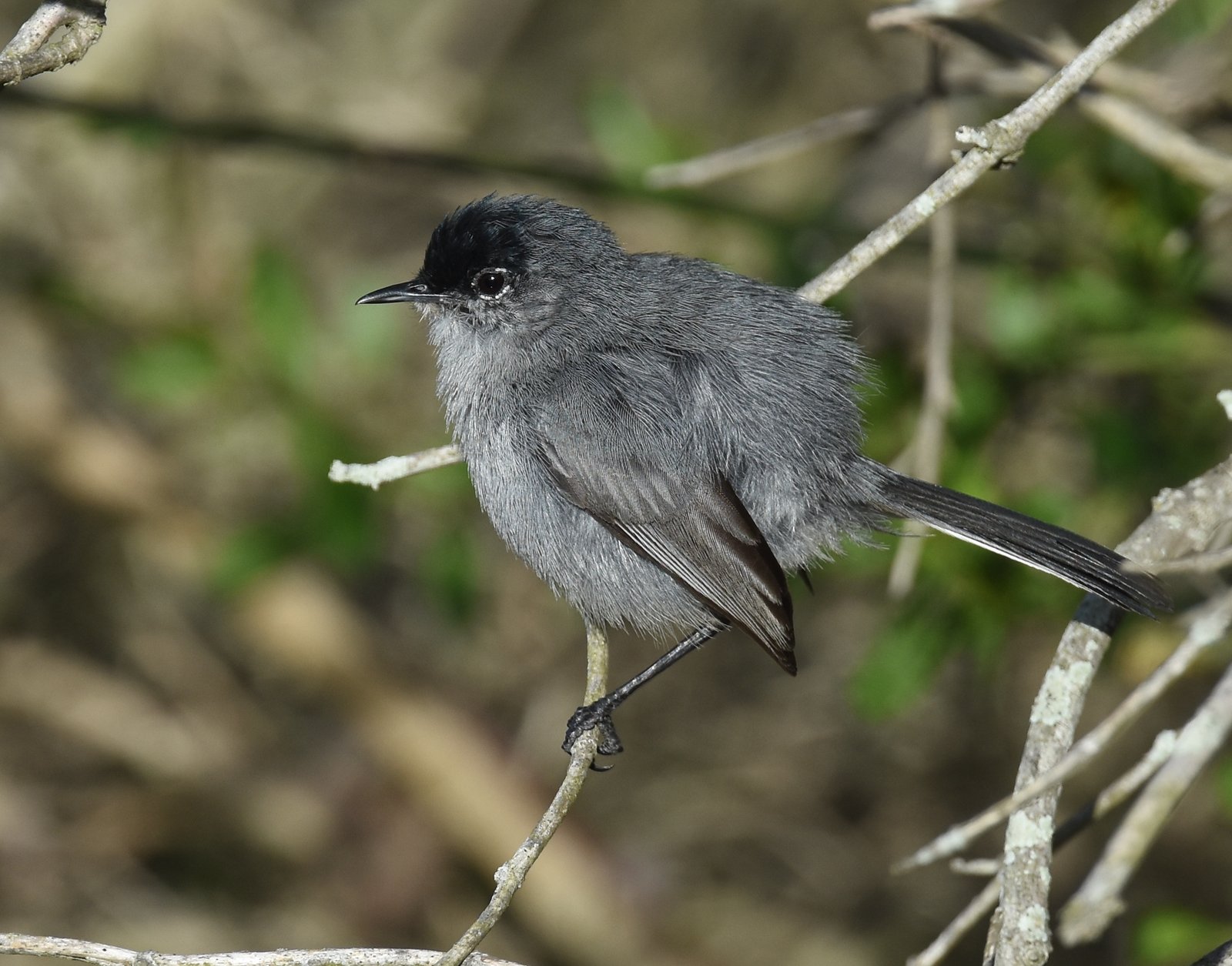
The California Gnatcatcher, a small, elusive bird, has become a symbol of resilience in the face of environmental challenges. Once considered on the brink of extinction due to habitat loss from urban development and agriculture, the gnatcatcher has been making a remarkable comeback thanks to dedicated conservation efforts. Conservationists have focused on restoring its native coastal sage scrub habitats, which are essential for nesting and foraging. These efforts, paired with the protection of California’s natural spaces, have led to a steady increase in the gnatcatcher population. As a result, this once-rare bird is now becoming a more frequent sight in Southern California, reminding us of the power of targeted conservation and the importance of preserving our ecosystems.
Greater Sandhill Crane: Valley Giants Make a Stand
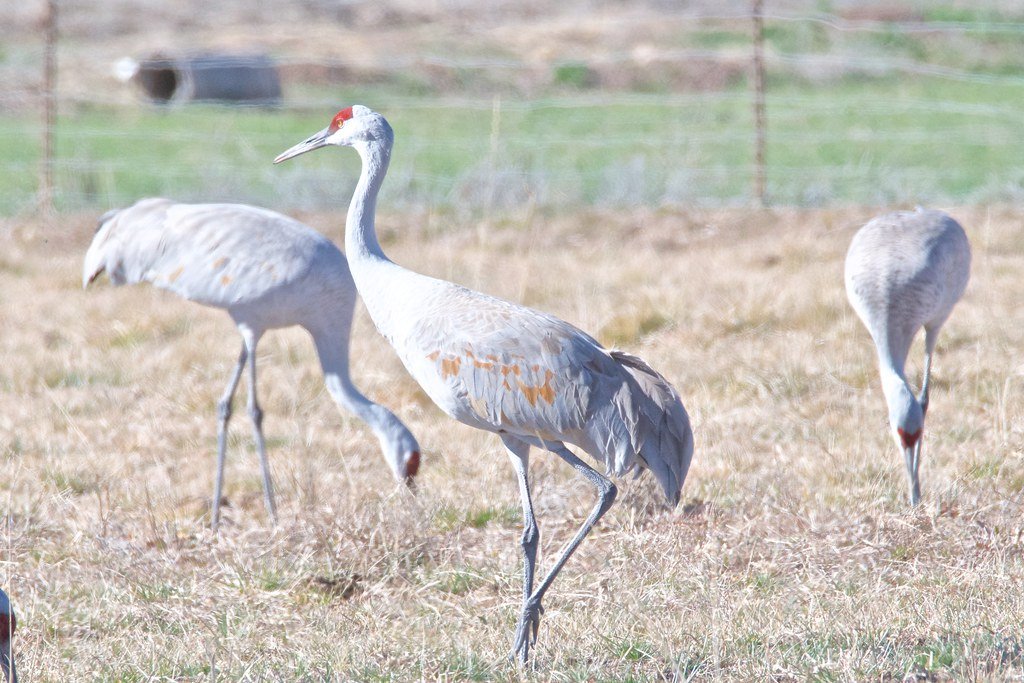
California’s Central Valley once echoed with the trumpeting calls of thousands of sandhill cranes. These ancient birds, standing nearly four feet tall with seven-foot wingspans, have maintained their foothold in the Golden State despite massive habitat loss. Their recovery story unfolds quietly in protected wetlands and restored grasslands.
These magnificent birds represent living connections to prehistoric times – sandhill cranes have existed for millions of years, virtually unchanged. When they gather in California’s winter roosts, their haunting calls create symphonies that transport listeners back through time. Modern conservation efforts focus on protecting traditional roosting sites and flyway stopover points.
The species benefits from hunting license revenues and wetland protection programs. Farmers increasingly recognize cranes as beneficial neighbors, consuming harmful insects and weed seeds. This changing attitude, combined with habitat restoration, gives sandhill cranes room to recover in California’s agricultural landscapes.
California Least Tern: Coastal Beach Recovery

These smallest members of the tern family once faced extinction due to beach development and human disturbance. California’s least terns nest directly on sandy beaches, making them vulnerable to everything from joggers to off-road vehicles. Their recovery required changing how Californians interact with coastal environments.
Protected nesting areas, marked with ropes and warning signs, now dot California beaches during breeding season. Volunteers monitor colonies and educate beachgoers about giving these ground-nesters space. The tiny terns, weighing less than two ounces, have proven remarkably resilient when provided basic protection.
Climate change poses new challenges as sea level rise threatens nesting beaches. Conservation biologists work to identify and protect higher elevation sites while maintaining the fish populations that sustain these aerial hunters. Their recovery demonstrates that small species can achieve big comebacks with targeted protection efforts.
Yellow-billed Magpie: California’s Endemic Jewel

Found nowhere else on Earth except California’s Central Valley and adjacent foothills, yellow-billed magpies represent true California exclusivity. These intelligent corvids, related to crows and jays, faced severe population crashes from West Nile virus in the early 2000s, losing up to half their numbers in some areas.
Their recovery showcases natural resilience combined with habitat protection. Yellow-billed magpies have developed some resistance to West Nile virus, and surviving populations are slowly expanding back into historical territories. Oak woodlands provide essential nesting sites and acorn crops that sustain these social birds.
Farmers increasingly appreciate magpies as pest controllers, consuming vast quantities of harmful insects and rodents. This changing perception, from agricultural nuisance to beneficial neighbor, has reduced persecution and improved survival rates. Conservation easements protecting oak woodlands ensure these endemic beauties have places to nest and forage.
Northern Spotted Owl: Old-Growth Forest Guardian
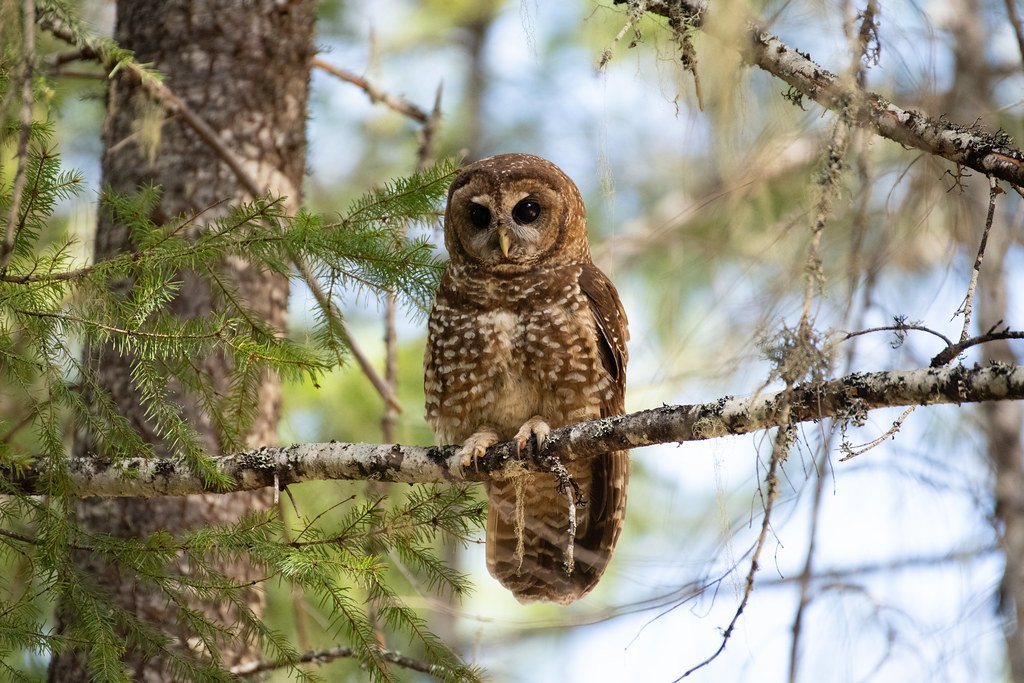
California’s northern spotted owls became symbols of old-growth forest conservation battles in the 1990s. These medium-sized owls require mature forests with complex canopy structures, putting them at odds with logging interests. Their recovery involves protecting remaining ancient forests while managing younger stands to develop old-growth characteristics.
Habitat protection has stabilized some populations, though climate change and competition from barred owls create new challenges. Spotted owls are incredibly site-faithful, often using the same nesting territories for generations. This loyalty makes habitat protection especially crucial for long-term recovery.
Innovative forest management techniques aim to accelerate old-growth development in younger stands. By creating complex vertical structure and retaining dead snags, foresters can develop spotted owl habitat decades faster than natural succession. This represents a compromise between conservation needs and forest management objectives.
California Towhee: Urban Adapter’s Quiet Success
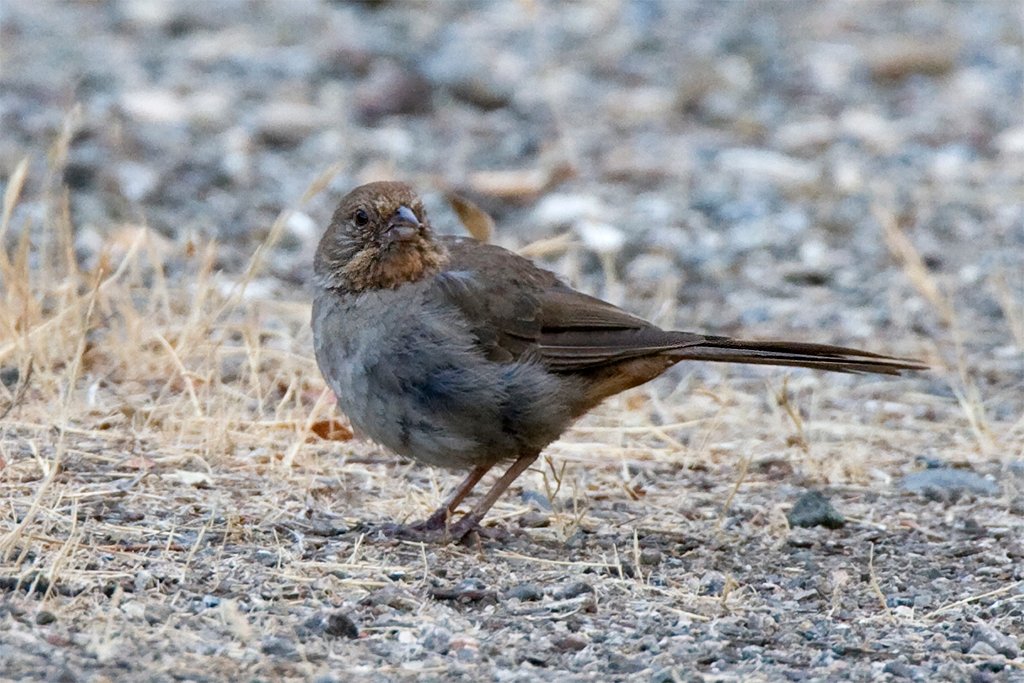
While never endangered, California towhees represent successful adaptation to human-modified landscapes throughout the Golden State. These large, brownish sparrows have learned to thrive in suburban gardens, city parks, and urban wilderness areas where native vegetation persists.
Their success comes from behavioral flexibility and broad habitat tolerance. California towhees eat diverse foods, from insects and seeds to fruit and nectar, allowing them to exploit urban resources. They’ve also adapted their nesting habits to use ornamental shrubs and human-provided nest boxes.
Urban planning increasingly recognizes the importance of native vegetation for supporting species like California towhees. Cities plant native shrubs and preserve habitat corridors that allow these birds to move through developed landscapes. Their quiet success demonstrates that some native species can coexist with human development when thoughtful planning occurs.
Osprey: Fish Eagle’s Coastal Comeback
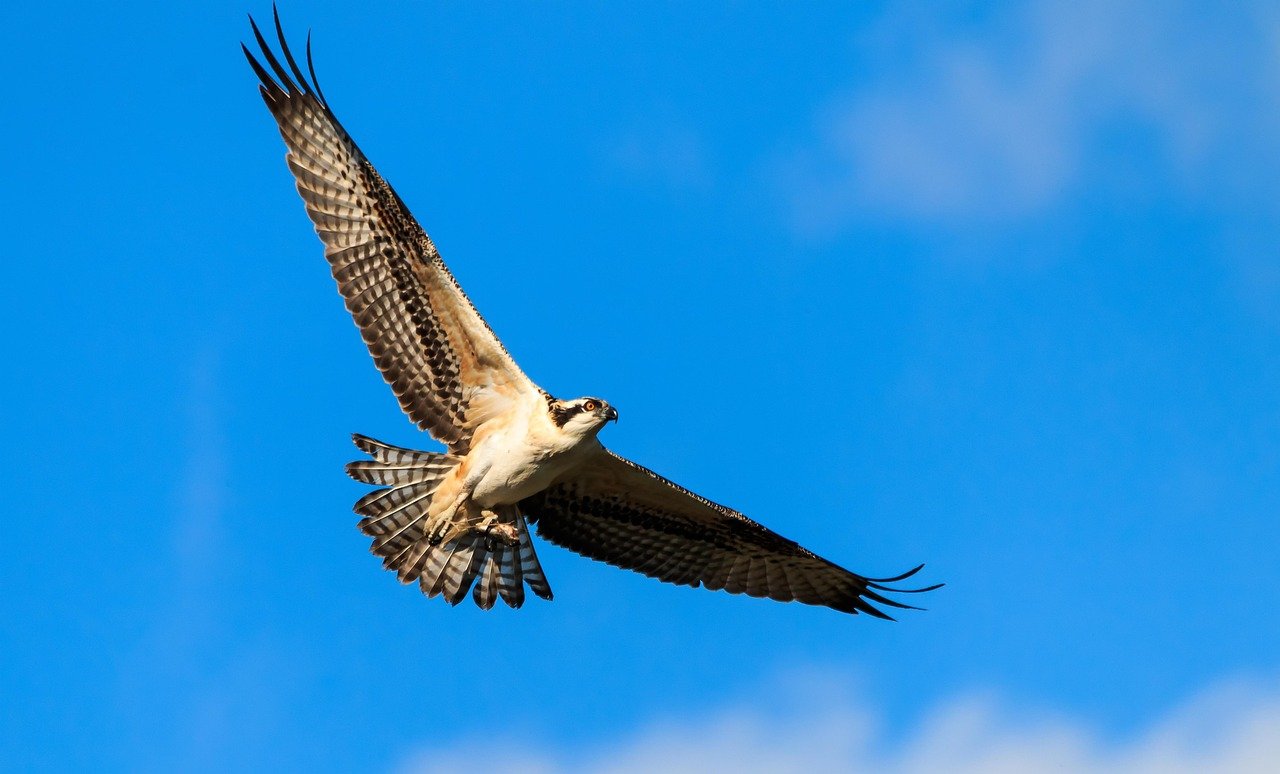
Once nearly eliminated from California by DDT poisoning, ospreys have made spectacular recoveries along the coast and inland waterways. These fish-eating raptors, nearly as large as bald eagles, now nest on platforms, cell towers, and bridges throughout the state.
Their recovery paralleled the DDT ban and benefited from nest platform programs that provided safe nesting sites. Ospreys are remarkably adaptable, learning to use artificial structures when natural sites become unavailable. Their fishing expertise makes them successful wherever clean water and fish populations exist.
Osprey recovery demonstrates the importance of protecting entire ecosystems. Healthy fish populations require clean water, which benefits countless other species. When ospreys thrive, they indicate functioning aquatic ecosystems that support biodiversity from microscopic organisms to large predators.
White-tailed Kite: Grassland Ghost Returns
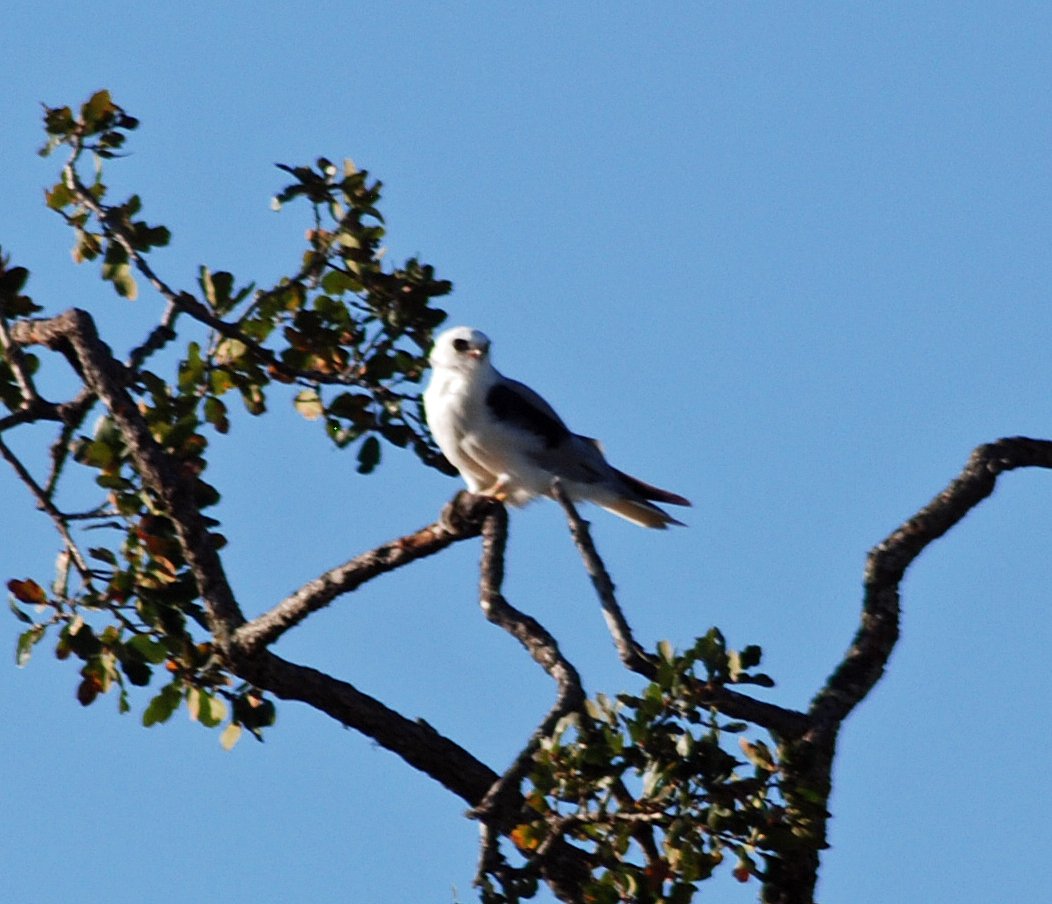
These elegant raptors, pure white except for black wing patches, faced severe declines when California’s grasslands were converted to agriculture and development. White-tailed kites hunt by hovering over open areas, searching for rodents with remarkable patience and precision.
Their recovery followed habitat protection and restoration efforts that maintained open grasslands with scattered trees for nesting. Agricultural practices that preserve field margins and avoid excessive pesticide use have supported kite populations. These birds actually benefit from moderate grazing that maintains optimal hunting habitat.
White-tailed kites demonstrate the importance of working landscapes in conservation. Rather than requiring pristine wilderness, they thrive in managed grasslands that balance human uses with wildlife needs. Their graceful flight patterns over California’s valleys symbolize successful coexistence between agriculture and conservation.
Conclusion
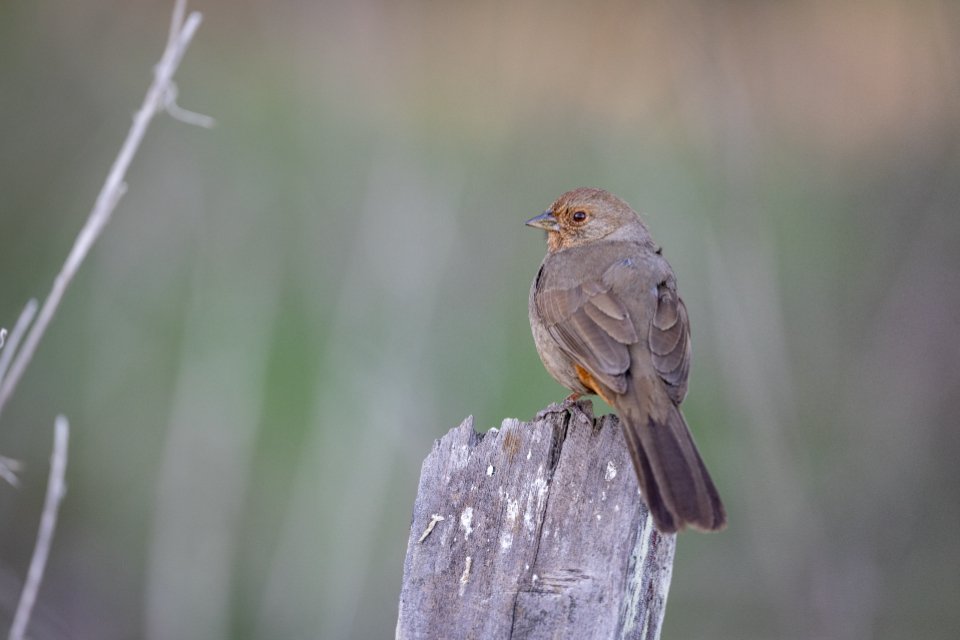
California’s bird recovery stories prove that extinction isn’t inevitable when people decide to act. From condors soaring over Big Sur to pelicans diving in Monterey Bay, these fifteen comeback champions represent thousands of people who refused to give up on wildlife. Scientists, farmers, volunteers, and everyday citizens created miracles measured in wingbeats and bird calls.
The Golden State’s conservation successes didn’t happen overnight – they required decades of dedication, innovative thinking, and sometimes controversial decisions like capturing every remaining condor for captive breeding. These stories remind us that recovery is possible, but it demands our continued commitment and vigilance.
What started as desperate last-ditch efforts have become blueprints for conservation worldwide. California’s recovering birds carry messages of hope to every corner of the globe where species face extinction. Every time you see a peregrine falcon atop a city skyscraper or hear a tricolored blackbird’s call, you’re witnessing proof that humans can choose to save rather than destroy.
Did you expect that California’s skies would tell such hopeful stories after decades of environmental challenges?




